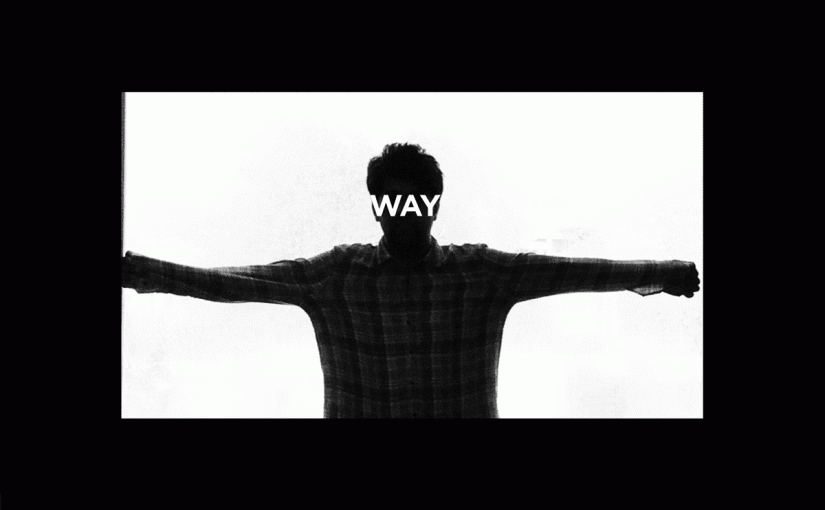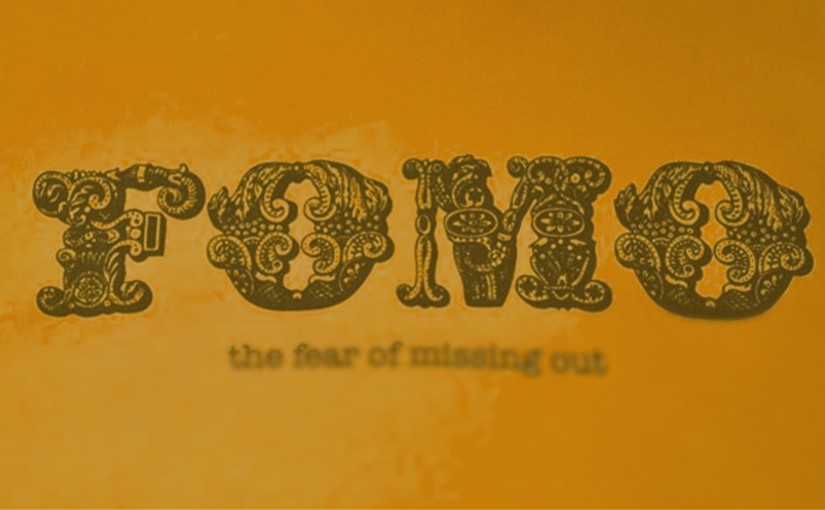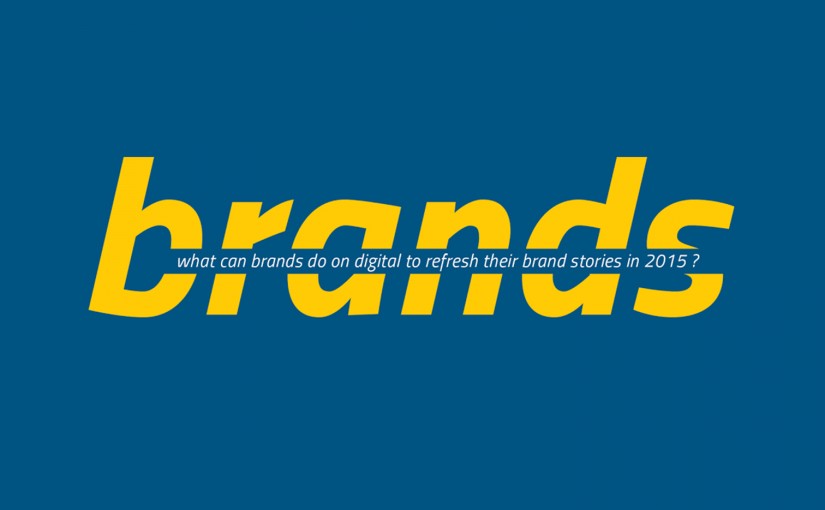Drop us a few lines about the task and we will get back immediately to see we how we can take the discussion forward. Alternately, just pick up the phone and speak with us at +91 9910034330 and we would be happy to help.
- - Do tell us a little about the nature of your business.
- - Be specific about what you’d like us to help you with.
- - Knowing your budget always helps us plan a suitable intervention.
- Blog
Movie Merchandise- Things have since changed and I am happy for that..
-
Movie Merchandise- Things have since changed and I am happy for that..
The Business of Movie Merchandise
No longer is film merchandise merely a promotional tool used to boost the fortune of a film at the box-office. Worldwide, it has proved to be a successful hook for film studios, itself making healthy contributions to a film’s revenue streams and sometimes (albeit rarely) generating even more than the box-office collections themselves.
Consider this — tied along with the release of Harry Potter and the Sorcerer’s Stone, the worldwide sale/licensing of Harry Potter merchandise has touched US $ 1 billion – figurines, food tie-ups, posters, accessories, comic strips, stationery to magic kits and home furnishings featuring Harry and friends from the Hogwarts school.
And, who can forget Ghost Busters, Jurassic Park, ET-The Extra-terrestrial – ‘stuff’ that legends are made of, literally, for they stood out for their innovative merchandise, as much for their box-office collections.
Synergy is now the key, as web technology is linking the studios and merchandising in ways never thought possible before. Web viewers are already able to link from devoted sites to buy their favourite toys.
Cut now to the Indian film industry and the situation is totally different.
Despite the fact that India produces more films than any other country, film merchandise has not really been pursued seriously as a revenue option by filmmakers. Not without reason though, for there lies (or lay until now) an inherent difference in how films are made here.
Unlike Hollywood, which operates on a ‘studio’ format – as a corporate unit, India has essentially been an ‘individual/producer’ dominated industry. Also, down-the-trodden-path, formula stories of our mainstream cinema were consciously targeted towards a rural/semi-urban audience, where merchandise is clearly an urban phenomenon. Add to that, the general aversion to hiring outsourced talent, bringing along promotional ideas alternate revenue streams.
All these contributed to non-existence of broad-based merchandising industry. There were sporadic instances of creative bursts, but nothing substantial or lasting.
More recently, there have been much-hyped auctions of film posters-jazzed up/rare/or sometimes purely common-selling as pop or kitsch art. The future of film merchandise however, lies not in auctions catering to a minuscule audience and generating even more minuscule monies, but in identifying, introducing, producing, retailing, promoting creative mass merchandise options in Indian films.
Let us see why this is likely to happen too.
Look at success stories of the last couple of years and it isn’t difficult to tell that it’s creative stories and treatment that has worked – ‘formulas’ haven’t. A new genre of filmmakers has taken centrestage. Karan Johar, Aamir Khan, Sanjay Leela Bhansali among others. They are creative, marketing-savvy, see the entire world as their market and are changing the rules of the game. They are also beginning to look at merchandise seriously and some have already had a reasonable degree of success.
Lagaan and Bend It Like Beckham have also shown us that if you ride a bigger wave (Cricket and Football respectively) then chances of success go up anyway. Imagine merchandise possibilities that both these films present. Imagine Lagaan II and the spectrum of merchandise that it could promote – board and video games, posters, accessories, comic strips (why, even an open ended one, propose your ‘own’ end to the story. The best option is released yet again!). I specifically mention these two names to highlight the contrast: Lagaan – high budget, mainstream and at the other end of the spectrum Bend It Like Beckham, small budget, crossover nullifying doubts that merchandise is a big film phenomenon – no it isn’t. It is a ‘great promotions, phenomenon. And obviously, a ‘great film’ phenomenon too.
Let’s look at how multiplexes too, besides offering a world-class cinema experience to the filmgoer bring about new possibilities: a) They present a filmmaker a viable option – release niche films targeted to an urban audience, thus changing the tilt, b) Form an ideal platform for retail/display/ promotion of film merchandise.
Sustained efforts from the film industry have recently resulted in lowering of entertainment tax in many key centres, such as Delhi, not just bringing more people into cinema halls and more often, but also ‘freeing’ a certain notional amount from the filmgoers budget, that could now be manoeuvred towards merchandising options.
Like multiplexes, other emergent retail options in the form of malls, food-courts, coffee bars, gift outlets, pubs, similarly present ready channels for retail/promotions. Technology is not too far behind, with Internet penetration increasing rapidly and online ticketing kiosks coming up at prominent city centres, usage of which would certainly not be limited to dispensing tickets.Disclaimer: Views of authors are personal and do not represent the views of Blogworks, or any of its clients.
-
Contact
conversations@blogworks.in
+91-9910034330 -
Newsletter
-
Social

























